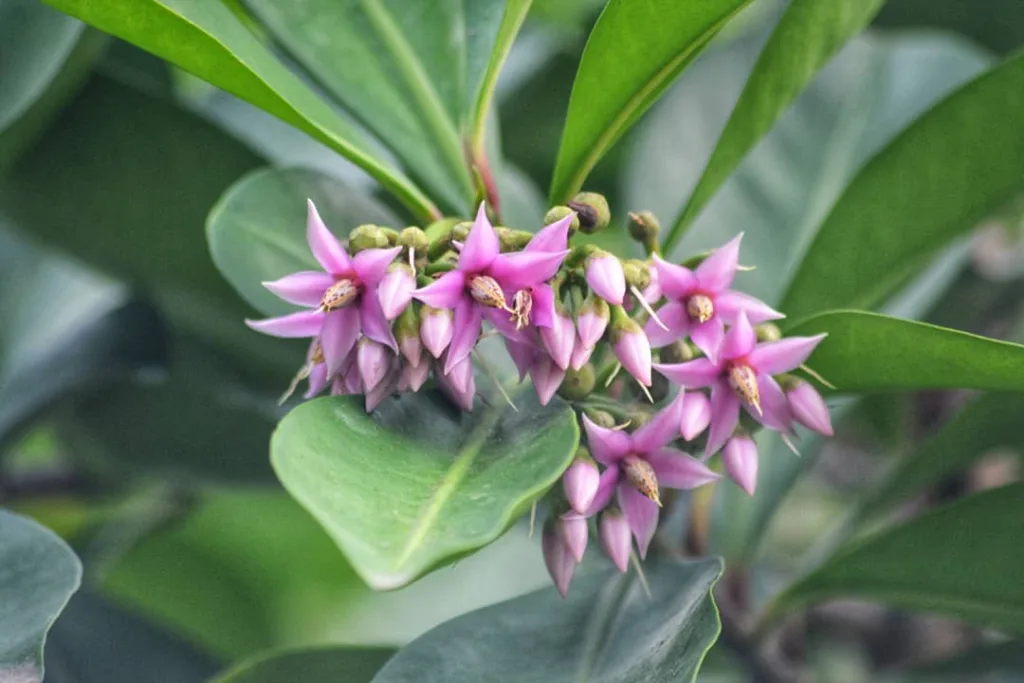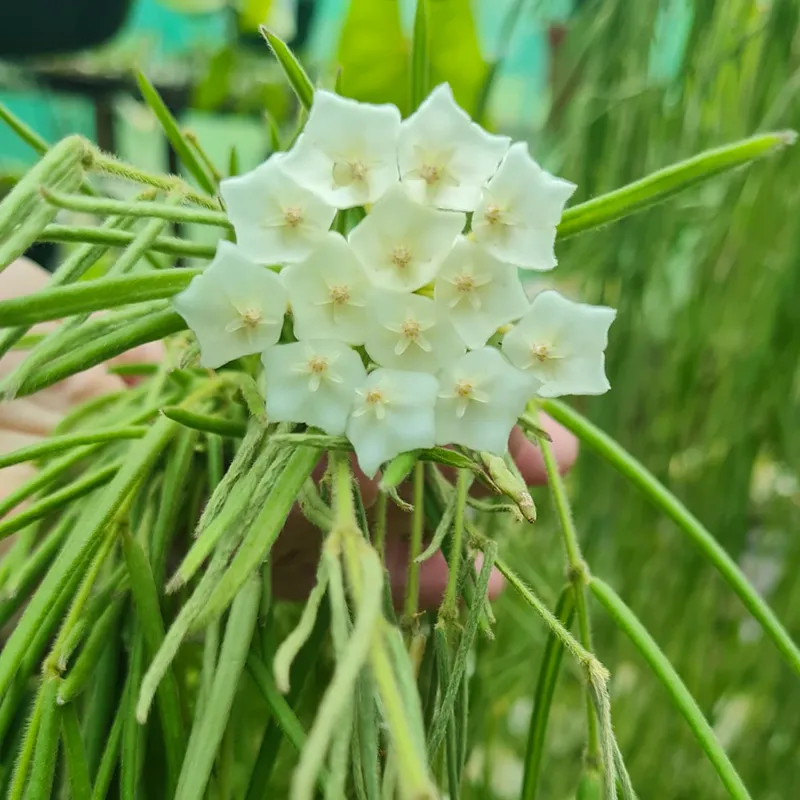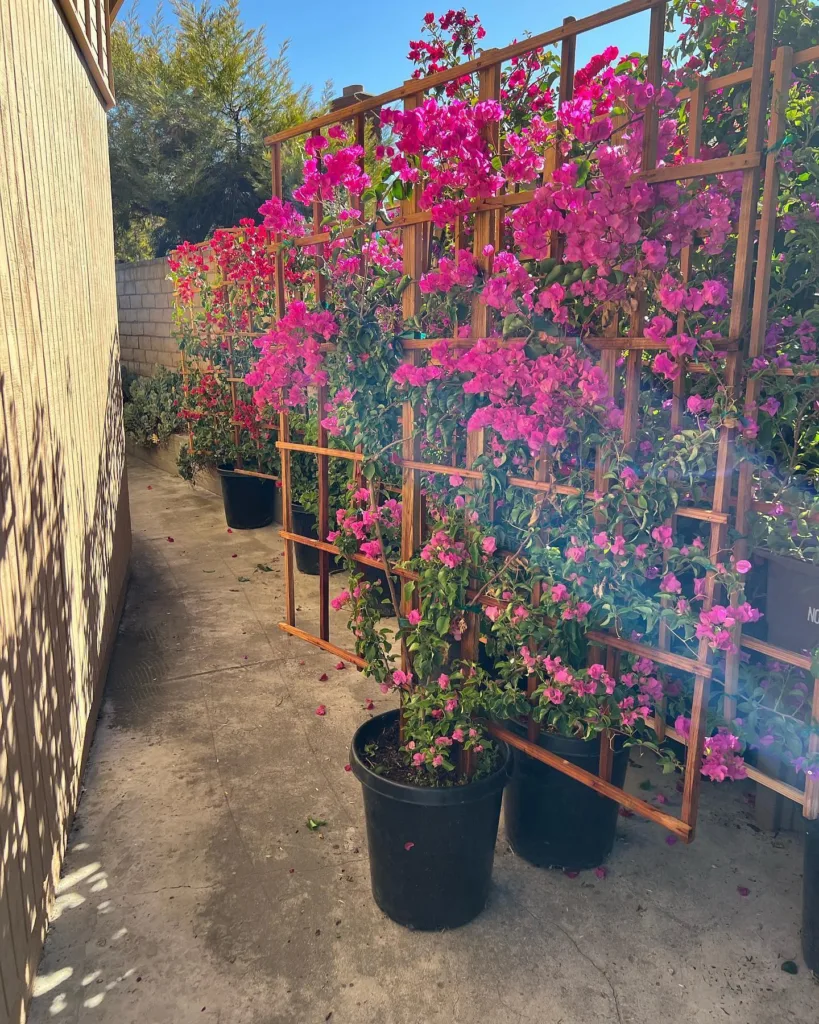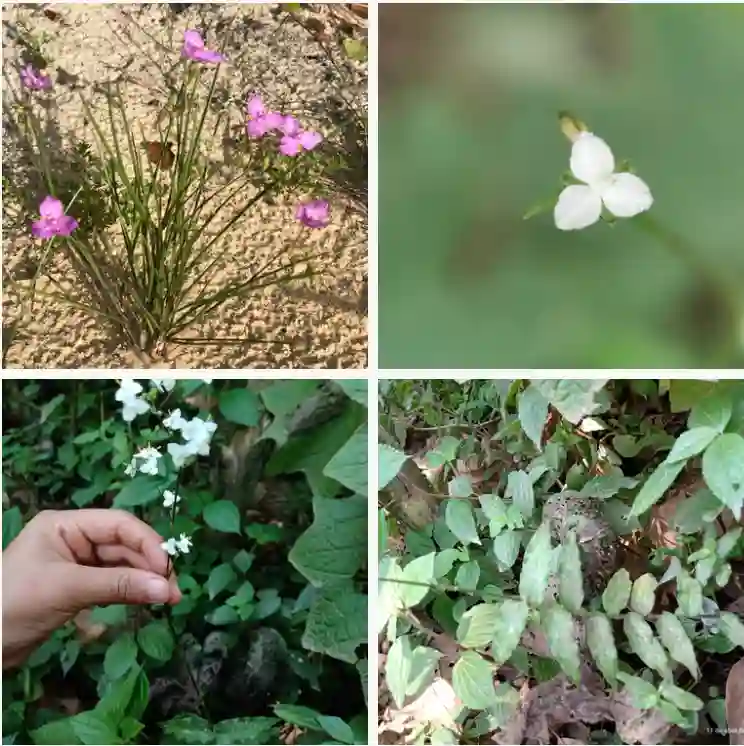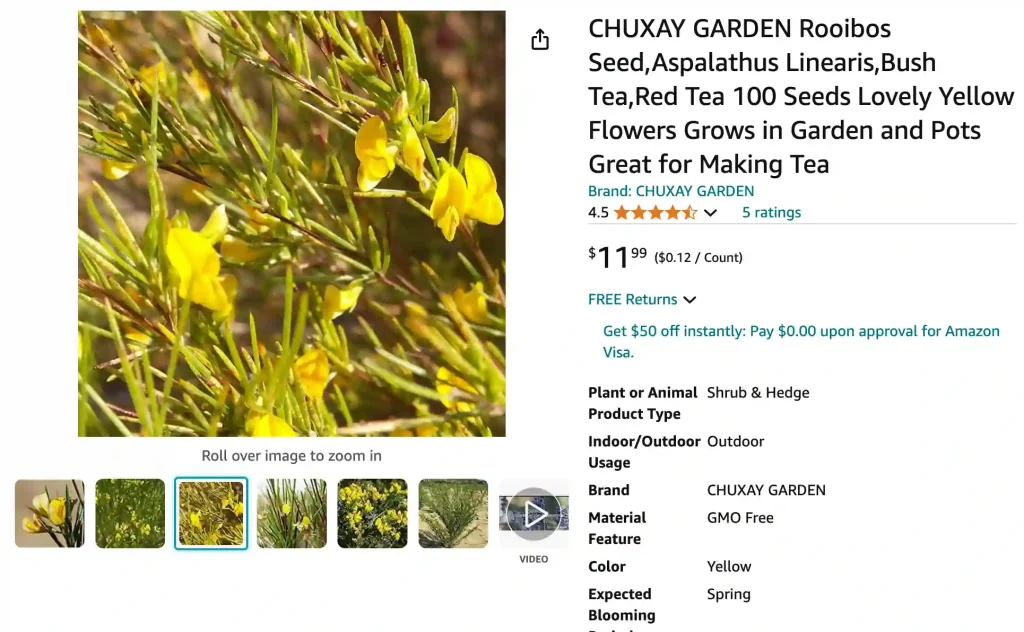
What is Aspalathus Linearis?
Aspalathus Linearis, commonly known as Rooibos, belong to the Fabaceae family, is a plant native to South Africa. This shrub is famous for its needle-like leaves, which are harvested and processed to make Rooibos tea, a popular herbal beverage. Rooibos, which means “red bush,” gets its name from the reddish color the leaves take on during fermentation. The tea is caffeine-free and rich in antioxidants, making it a popular alternative to traditional black or green teas. I find Rooibos to be a fantastic, health-conscious choice for those looking to reduce their caffeine intake while still enjoying a flavorful, soothing cup of tea.
Plant Family: 796 Genera in Fabaceae
What is Aspalathus Linearis Leaf Extract?
Aspalathus Linearis leaf extract is a concentrated form of the plant’s leaves, often used in skincare and dietary supplements. The extract harnesses the plant’s powerful antioxidants, such as aspalathin and nothofagin, which are known for their anti-inflammatory and skin-soothing properties. Many skincare products include Rooibos extract to help reduce redness, fight free radicals, and promote a youthful appearance. Personally, I’ve found that products containing Aspalathus Linearis extract are gentle on the skin and can be particularly beneficial for those with sensitive skin or conditions like eczema.
Aspalathus Linearis vs. Honeybush
Aspalathus Linearis and Honeybush are both herbal teas from South Africa, often confused due to their similar uses and flavors. However, they are from different plant species. Aspalathus Linearis, as mentioned, is known as Rooibos, while Honeybush comes from various species in the Cyclopia genus. Honeybush tea has a slightly sweeter and more floral taste compared to Rooibos. Both teas are caffeine-free and packed with antioxidants, but Honeybush has additional compounds that give it a unique honey-like aroma and flavor. When choosing between the two, I find it comes down to personal taste preference, although both offer similar health benefits.
How to Care for Aspalathus Linearis?
Caring for Aspalathus Linearis is relatively straightforward, especially if you live in a climate similar to its native South African habitat. The plant thrives in well-drained, sandy soils and requires full sun exposure. It is drought-tolerant once established, making it an excellent choice for xeriscaping or low-water gardens. I suggest watering the plant sparingly, allowing the soil to dry out between watering sessions. Overwatering can lead to root rot, which is a common problem with Aspalathus Linearis. Additionally, the plant benefits from occasional pruning to maintain its shape and encourage new growth.
How to Propagate Aspalathus Linearis?
Propagating Aspalathus Linearis can be done through seeds or cuttings. Seeds require stratification, meaning they need to be exposed to a period of cold before planting. This can be achieved by placing the seeds in the refrigerator for a few weeks. Once stratified, plant the seeds in a well-draining soil mix and keep them moist until germination occurs, usually within a few weeks. Cuttings, on the other hand, can be taken from healthy, mature plants. I recommend using a rooting hormone to encourage root development and planting the cuttings in a sandy, well-draining medium. Keep the cuttings moist and in a warm, sunny location until roots develop.
Can You Grow Aspalathus Linearis Indoors?
Yes, Aspalathus Linearis can be grown indoors, provided it receives ample light. The plant prefers full sun, so placing it near a south-facing window or under a grow light is ideal. Indoor growing conditions should mimic its natural habitat as closely as possible, meaning well-draining soil and careful attention to watering. Overwatering is a significant risk indoors, so allowing the soil to dry out between watering is crucial. I find that Aspalathus Linearis makes an attractive and functional addition to an indoor herb garden, bringing a touch of South African flora to your home.
Is Aspalathus Linearis Toxic?
Aspalathus Linearis is generally considered safe and non-toxic. It is commonly consumed as tea and used in various products without adverse effects. However, like with any plant, it is always wise to exercise caution. If you have specific allergies or sensitivities, consult with a healthcare professional before using Aspalathus Linearis, especially in concentrated extract forms. From my experience, Rooibos tea is a gentle and enjoyable beverage that is well-tolerated by most people, including those who may have sensitivities to other herbal teas.
Benefits of Aspalathus Linearis
The benefits of Aspalathus Linearis are numerous, making it a popular choice in both traditional and modern wellness practices. The plant is rich in antioxidants, which help fight free radicals and reduce oxidative stress. This can support overall health, including heart health, and may even help in preventing certain chronic diseases. The anti-inflammatory properties of Aspalathus Linearis make it beneficial for soothing skin irritations and reducing inflammation-related conditions. I’ve found that drinking Rooibos tea can also have a calming effect, making it a great choice for winding down in the evening without the stimulating effects of caffeine.
Common Problems with Aspalathus Linearis
Despite being a hardy plant, Aspalathus Linearis can face a few common problems. Root rot due to overwatering is perhaps the most significant issue, so it’s crucial to plant it in well-draining soil and water sparingly. Pests such as aphids can occasionally be a problem, particularly for plants grown indoors or in greenhouses. Regular inspection and the use of natural insecticides can help manage pest issues. From my experience, providing the right growing conditions and regular care can prevent most problems, ensuring a healthy and thriving Aspalathus Linearis plant.
What to Plant with Aspalathus Linearis?
When choosing companion plants for Aspalathus Linearis, consider those that have similar growing requirements. Drought-tolerant plants that thrive in full sun and well-drained soil make excellent companions. I recommend pairing Aspalathus Linearis with plants like lavender, thyme, and other Mediterranean herbs. These plants not only complement the visual appeal of Aspalathus Linearis but also share similar water and sunlight needs, making garden care more manageable. Creating a mixed herb garden with Aspalathus Linearis as a focal point can be both beautiful and functional, providing a variety of flavors and fragrances in one space.
If i die, water my plants!
